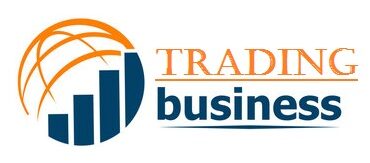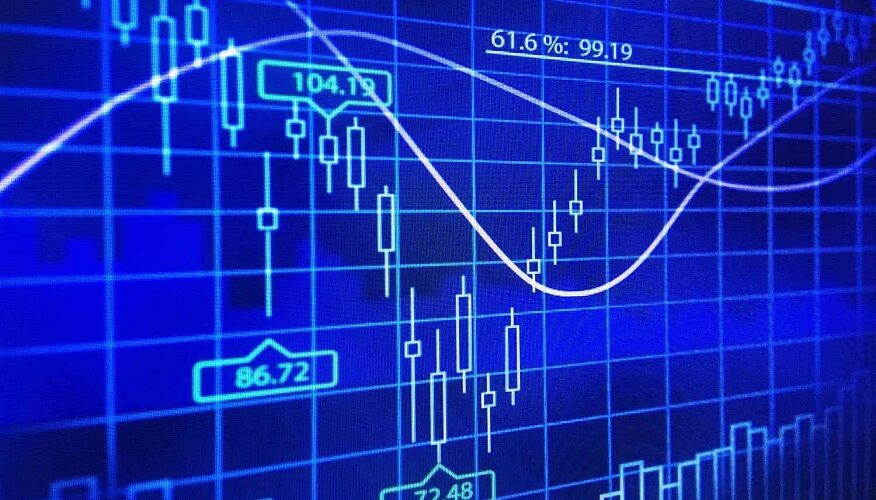Regarding trading commodities, there are two primary avenues: spot trading and futures trading. Both offer unique opportunities and come with distinct risks. Understanding the differences and deciding which path is right for you is crucial to your success in the commodities market. In this blog, we’ll explore spot and futures trading and their key differences and guide you towards making the right choice for your commodity trading online journey. Additionally, we’ll delve into risk management and hedging strategies, as well as how to get started trading commodities in South Africa through a commodity trading platform.
What Is Spot Trading?
Spot trading refers to the purchase or sale of a commodity for immediate delivery or settlement. In this approach, you are dealing with the actual physical commodity. For example, if you buy a spot contract for gold, you buy real gold that will be delivered to you. Spot trading gives investors the advantage of immediate ownership, making it an attractive option for those who wish to hold and use the physical commodity.
The main advantages of spot trading include:
- Physical Ownership: You own the actual commodity, which can benefit those who want to use it in their business or as an investment.
- Flexibility: Spot markets are less standardised than futures markets, allowing for more flexibility in contract terms.
- Price Transparency: Prices are determined by market supply and demand, providing transparency.
However, spot trading also comes with risks. Market volatility can lead to sudden price fluctuations, resulting in gains or losses for traders.
What is Futures Trading
Futures trading involves buying or selling a contract that obligates the trader to purchase or sell a specific quantity of a commodity at a predetermined price on a future date. This approach doesn’t involve the physical commodity itself but rather a contract that derives its value from the underlying asset, which can be commodities like oil, gold, or agricultural products.
Critical features of futures trading include:
- Leverage: Traders can control a prominent position with a relatively small capital, as they only need to post a margin.
- Speculation: Futures markets are often used for speculative purposes, allowing traders to profit from price movements without actually taking delivery of the commodity.
- Hedging: Businesses and producers use futures contracts to hedge against adverse price movements in the underlying commodity, reducing their exposure to price risk.
Futures trading is characterised by its standardised contracts, making it a more structured and regulated market compared to spot trading. However, this standardisation can limit flexibility.
Spot vs. Futures Trading: Key Differences
Now that we’ve established the basics of spot and futures trading let’s delve into the key differences between the two:
- Ownership: Spot trading provides immediate ownership of the physical commodity, while futures trading involves a contract representing the commodity’s value at a future date.
- Delivery: In spot trading, the physical commodity is delivered upon settlement. In futures trading, the contract may be settled with cash, not physical delivery.
- Standardisation: Futures contracts are highly standardised, making it easier to trade, but they offer less flexibility than spot markets.
- Risk Exposure: Spot trading exposes you to immediate price fluctuations, while futures trading can protect you through hedging.
- Leverage: Futures trading often involves higher leverage, allowing traders to control more prominent positions with a smaller capital outlay.
Spot vs. Futures: Which is Right for You?
Choosing between spot and futures depends on your trading goals, risk tolerance, and investment horizon. Here are some considerations to help you decide which path suits you best:
- Spot Trading: Opt for spot trading if you want to own and use the physical commodity, have a short-term investment horizon, and are comfortable with the inherent price volatility.
- Futures Trading: Consider futures trading if you are looking for leverage, want to speculate on price movements, or need to hedge against potential price fluctuations in your business operations.
Remember that many traders incorporate spot and futures trading into their portfolios to diversify risk and exploit different market conditions.
Embarking on Commodity Trading in SA via a Commodity Trading Platform
If you’re ready to begin your journey in commodity trading in SA, finding the right commodity trading platform is crucial. Look for an online trading brokerage platform like Banxso that offers a user-friendly interface, real-time market data, and a wide range of commodities to trade. Ensure the venue is regulated and provides adequate support and resources for traders. As you start trading, remember to educate yourself continuously, practice with a demo account, and develop a solid trading strategy. Trading commodities can be rewarding, but success requires dedication and a clear understanding of your chosen market.

